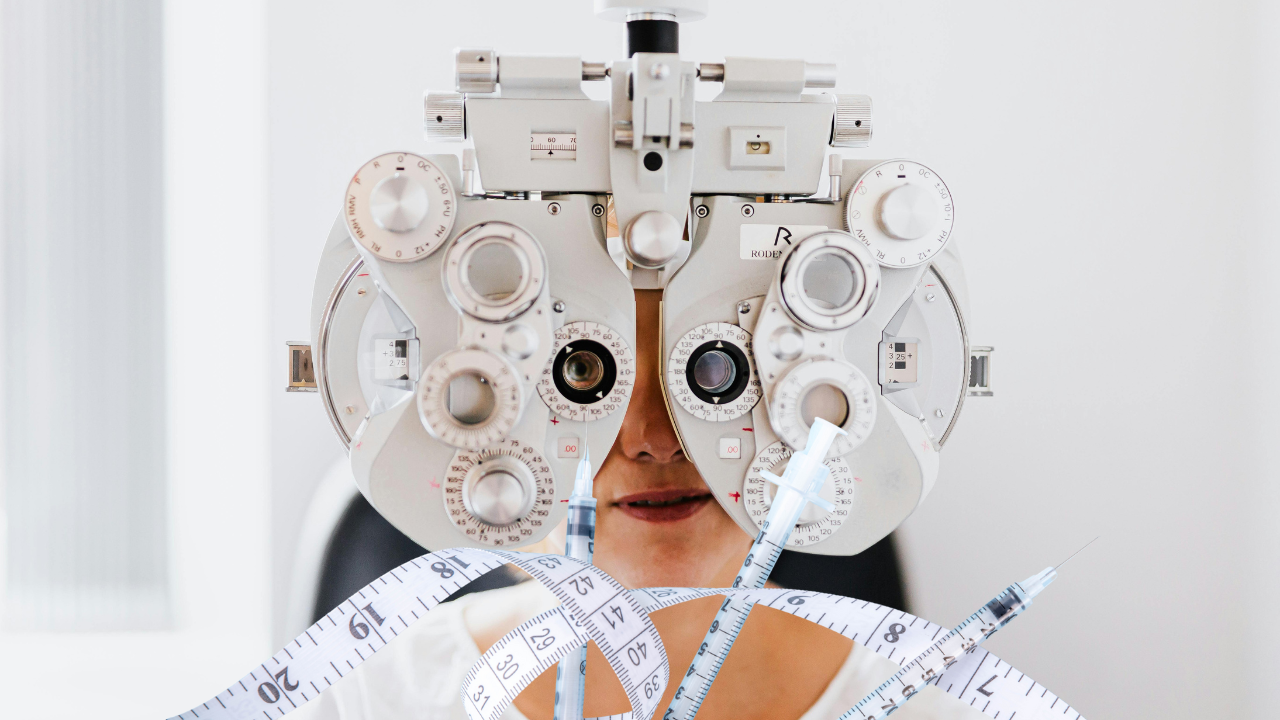Popular Weight Loss Drugs Could Be Linked To Vision Loss, Finds New Study

Credits: Canva
SummaryTwo new studies raise questions about GLP-1 weight-loss drugs and vision risks. While findings show rare links to optic nerve damage and a slight rise in diabetic retinopathy, experts urge caution, regular screenings, and more research, stressing benefits still outweigh potential eye complications.
End of Article
